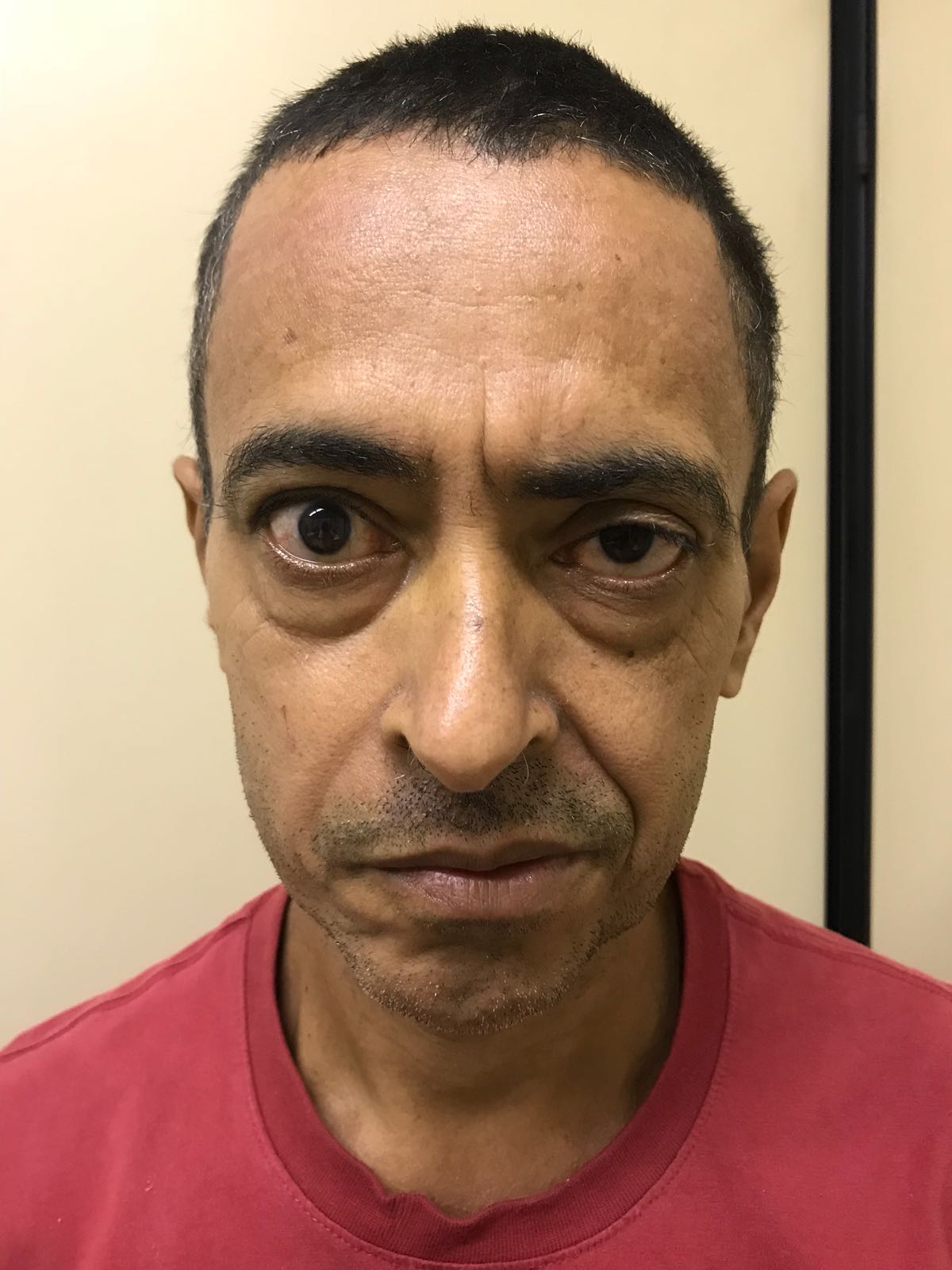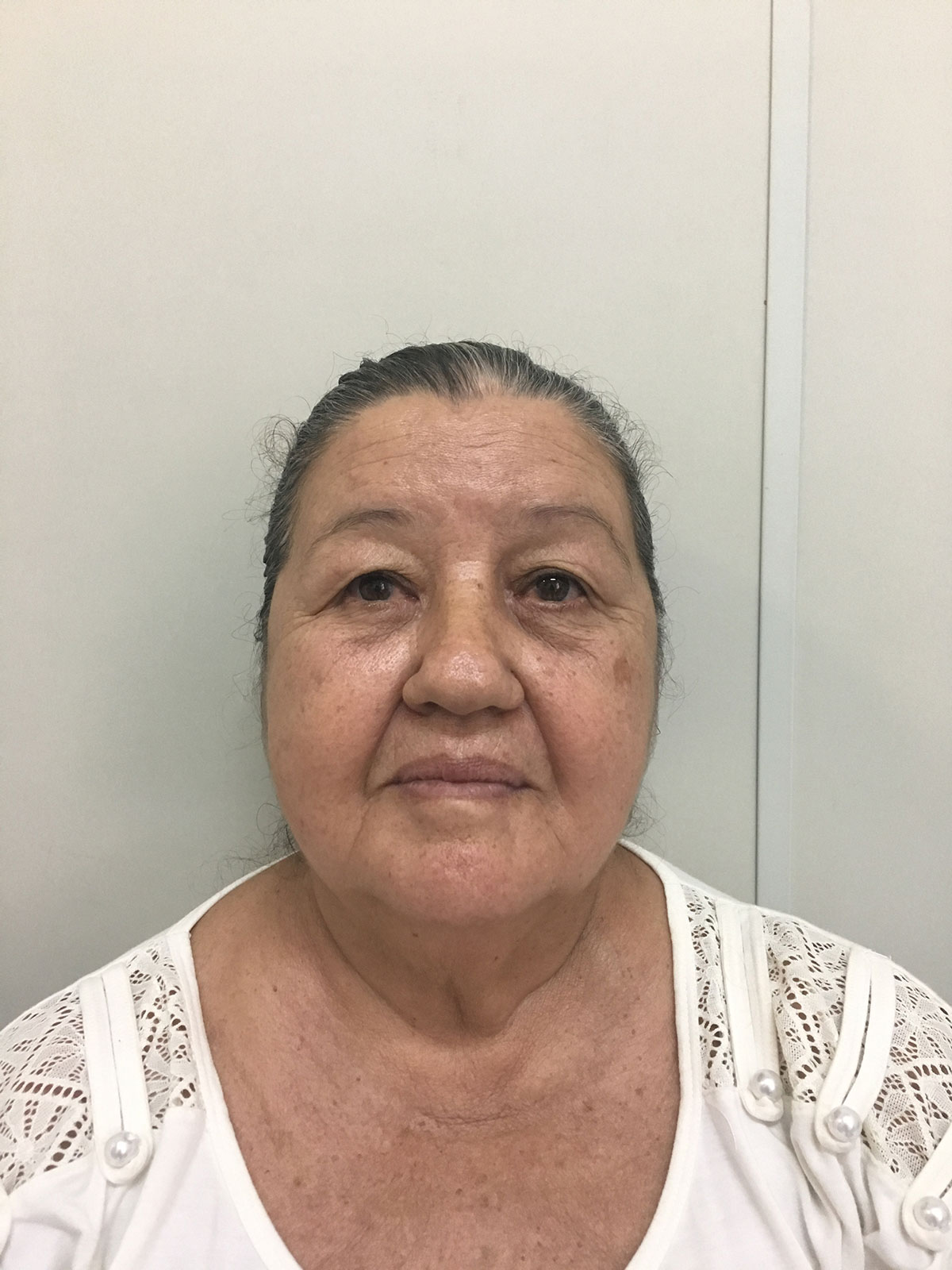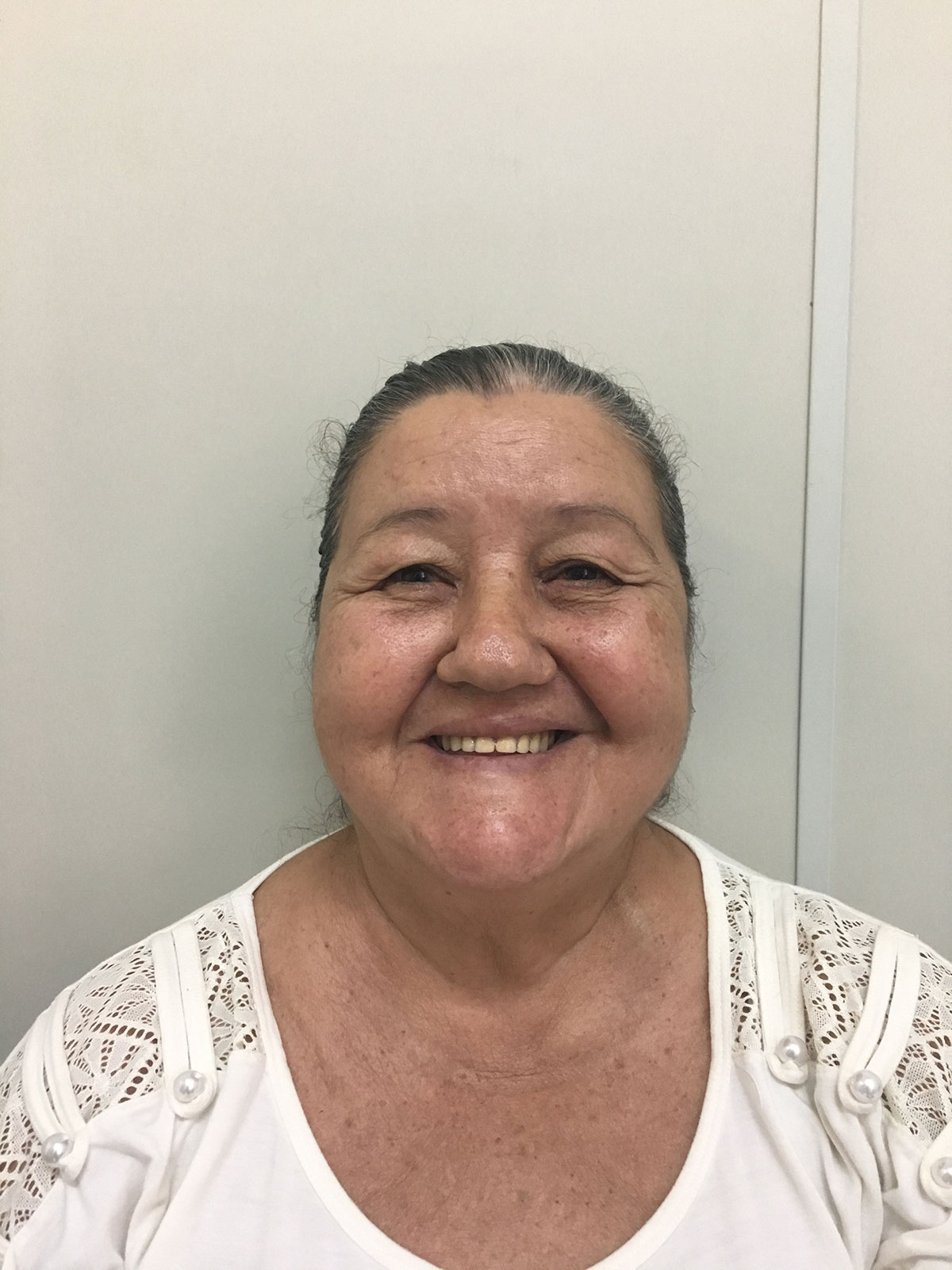Session Information
Date: Tuesday, September 24, 2019
Session Title: Parkinsonisms and Parkinson-Plus
Session Time: 1:45pm-3:15pm
Location: Agora 3 West, Level 3
Objective: To describe the symptoms of three PD patients who exhibited marked facial asymmetry. We also briefly review the literature regarding hemihypomimia in PD and comment on its possible neurophysiological mechanisms.
Background: Bradykinesia is a key feature of Parkinson’s disease (PD) and other parkinsonian syndromes. In contrast to the many studies about limb bradykinesia, few studies have investigated facial bradykinesia. Loss of facial expression develops in almost all PD patients. PD hypomimia is usually bilateral and symmetrical, however hemyhipomimia with a predilection to the right hemiface has been described in the literature.
Method: Report of two PD patients with right side and one with left-side hemihypomimia. None of them had previous history of stroke, facial paralysis or other neurological conditions.
Results: Case 1: A 52-year old man with progressive right hand tremor and stiffness. Neurological examination revealed bradykinesia, with mild rest tremor on his right arm. He had marked facial asymmetry (fig 1), with reduced movements on the the right-side. Brain MRI showed non especific changes. Case 2: A 65-year-old female patient, whose initial PD symptoms were rest tremor and stiffness on her right hand, showed at examination a gait with reduced right-sided arm swing and marked right-sided hypomimia (fig 2A). In addition to reduced movements of the lower part of her right-side facial muscles, that became more evident during involuntary expressions (fig 2B). There was also right hand tremor, associated with ipsilateral cogwheel rigidity and bradykinesia. Case 3: A 46-year-old male patient was evaluated with a 3 year history of slowness, stiffness and mild rest tremor on the left. He also reported symptoms suggestive of RBD and hyposmia, that preceded motor symptoms by several years. On neurological exam left side hemihypomimia was identified (fig 3). His brain MRI was unremarkable, but his TRODAT scan showed severely reduced bilateral basal ganglia uptake.
Conclusion: Hemihypomimia reflects unilateral hypokinesia and it is a rare manifestation seen mostly, but not exclusively on right-side onset PD. Understanding the underlying mechanisms of how hemihypomimia develops, and why it predominantly affects the right side of the face deserves further assessment. Larger case series are needed to elucidate the pathophysiology and clinical implications of this interesting feature of Parkinson’s disease.
References: 1. Bologna M, Fabbrini G, Marsili L, Defazio G, Thompson PD, Berardelli A. Facial bradykinesia. J Neurol Neurosurg Psychiatry 2013;84(6):681-5. 2. Ozekmekçi S, Benbir G, Ozdogan FY, Ertan S, Kiziltan ME. Hemihypomimia, a rare persistent sign in Parkinson’s disease: follow up of 11 patients. J Neurol 2007;254(3):347-50. 3. Zingler VC, Strupp M, Jahn K, Brandt T. Hemihypomimia in Parkinson’s Disease. Eur Neurol 2005;53:92–3. 4. Crosiers D1, Maréchal E, van Ael Y, Cras P. Left-sided hemihypomimia in Parkinson’s disease. Acta Neurol Belg 2011;111(3):225-7. 5. Borod JC, Koff E, Yecker S, Santschi C, Schmidt JM. Facial asymmetry during emotional expression: Gender, valence, and measurement technique. Neuropsychologia 1998;36:1209–15. 6. Gainotti G. Emotional behavior and hemispheric side of the lesion. Cortex 1972;8(1):41–55. 7. Zhou R., Hu S. Study of posed emotion in facial EMG asymmetry. Percept Mot Skills 2006;102(2):430-4. 8. Wager TD, Phan KL, Liberzon I, Taylor SF. Valence, gender, and lateralization of functional brain anatomy in emotion: a meta-analysis of findings from neuroimaging. Neuroimage 2003;19(3):513-31. 9. Rodriguez-Oroz MC, Rodriguez M, Guridi J, et al. The subthalamic nucleus in Parkinson’s disease: somatotopic organization and physiological characteristics. Brain 2001;124:1777–90. 10. De Cock VC, Vidailhet M, Leu S, et al. Restoration of normal motor control in Parkinson’s disease during REM sleep. Brain 2007;130:450–6. 11. Morecraft RJ, Louie JL, Herrick JL, Stilwell-Morecraft KS. Cortical innervation of the facial nucleus in the nonhuman primate. A new interpretation of the effects of stroke and related subtotal brain trauma on the muscles of facial expression. Brain 2001;124:176–208.
To cite this abstract in AMA style:
B. Santos, M. Spitz. An atypical and interesting feature of Parkinson´s disease [abstract]. Mov Disord. 2019; 34 (suppl 2). https://www.mdsabstracts.org/abstract/an-atypical-and-interesting-feature-of-parkinsons-disease/. Accessed April 18, 2025.« Back to 2019 International Congress
MDS Abstracts - https://www.mdsabstracts.org/abstract/an-atypical-and-interesting-feature-of-parkinsons-disease/




